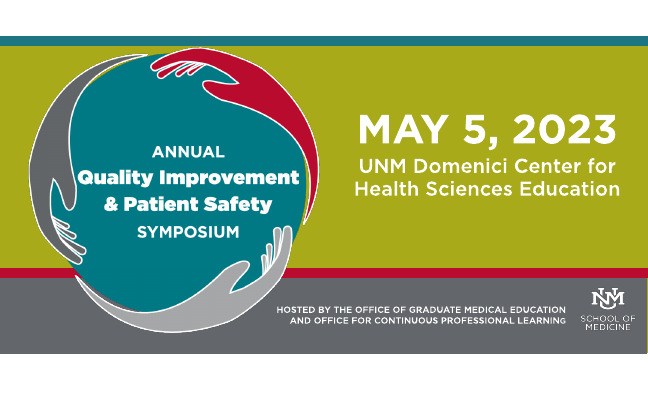Document Type
Poster
Publication Date
3-6-2020
Abstract
Introduction:
Enhanced Recovery after Surgery (ERAS) protocols have gained traction in the surgical field as evidence-based interventions aimed at speeding functional recovery. These protocols are designed to minimize the physiological changes and stress associated with surgery, and have been demonstrated in other surgical settings such as Gynecologic Oncology and Colorectal Surgery to decrease medical costs and improve patient outcomes. Recently, ERAS protocols have been refined and adopted in the field of benign gynecology by various institutions following an important endorsement of ERAS protocols by the American College of Obstetricians and Gynecologists (ACOG). However, there is a sparsity of research looking at the feasibility of using ERAS protocols in benign Gynecologic surgery or the outcomes associated with implementation of such protocols. Interventions, including an ERAS bundle, have become increasingly important with the growing cost of medical care and shift in focus to quality improvement initiatives. The primary aim of this quality improvement initiative was to successfully standardize perioperative and postoperative care with an ERAS protocol for the benign Gynecology patient population.
Materials/Methods:
A systematic review of established ERAS protocols used across the United States, in various surgical sub-specialties, was performed. The degree of evidence supporting each aspect of an ERAS protocol, such as venous thromboembolism (VTE) prophylaxis, was reviewed to ensure only the highest level of literature was used for this protocol. A new ERAS protocol specific for benign Gynecologic surgical patients was then created. Specifically, the preoperative order set was designed to include preoperative fluid management, preoperative cessation of PO intake, nursing interventions, pain control, prevention of surgical site infection, type of admission (outpatient, observation, or inpatient), code status, and venous thromboembolism (VTE) prophylaxis. The postoperative order set was designed to include orders for vital sign frequency, threshold for notification of physician, isolation, activity, precautions (fall, seizure, etc.), diet, VTE prophylaxis, obstructive sleep apnea monitoring, nursing communication, respiratory care, urinary catheter care, postoperative labs, tobacco cessation, intravenous fluids, diabetic management, pain management, and gastrointestinal management.
Results:
We were able to successfully develop an ERAS protocol for the benign Gynecology patients at the University of New Mexico including preoperative and postoperative measures that are well established by other medical institutions. This protocol is intended to be uniformly used for all patients undergoing any type of benign Gynecologic procedure, regardless of the level of invasiveness of the procedure. Specifically, this includes patients operated on by the gynecological divisions of General Gynecology, Family Planning, and Female Pelvic Medicine and Reconstructive Surgery. The ERAS protocol is currently being reviewed by the department of Anesthesiology to facilitate a multidisciplinary approach. Once approved by Anesthesia, other stakeholders such as preoperative, intraoperative, and postoperative nursing staff shall also vet the protocols. Once approved by all stakeholders, the ERAS protocol will be added to the electronic medical record (EMR) for daily use. Improvements after the protocol is instituted, such as decreased oxygen requirement, early patient ambulation, quicker return to bowel function and overall decreased hospital stay, will be measured for objective longitudinal data and compared to historical controls.
Conclusions:
ERAS protocols have paved a promising path for patients undergoing varying types of surgical procedures. Well established protocols have been largely successful for both the Colorectal and Gynecologic Oncology patient population, but they are also gaining speed in benign Gynecology at hospitals such as the University of Virginia and University of Pittsburgh. We were able to create an evidence-based preoperative and postoperative order set based on review of optimal interventions in the literature, and were able to get buy-in from early stakeholders. We anticipate that with implementation of this standard ERAS protocol for Gynecologic procedures we will see a decrease in cost to the healthcare system and improvement in surgical outcomes for benign Gynecologic patients undergoing surgery.
Recommended Citation
McGuire, Brenna; Tasha Serna Gallegos; and Kate Meriwether. "Implementation of an Enhanced Recovery After Surgery (ERAS) Pathway for Benign Gynecologic Surgery." (2020). https://digitalrepository.unm.edu/hsc_qips/41


Comments
Presented at the University of New Mexico Health Science 2020 Annual Quality Improvement and Patient Safety Symposium